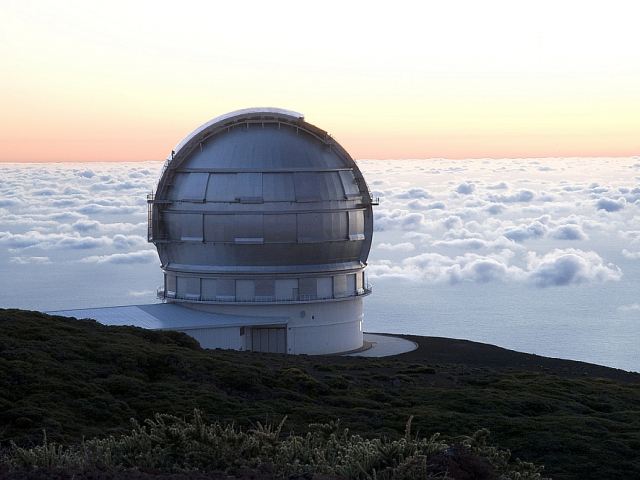
Gran Telescopio Canarias (GranTeCan)
The Gran Telescopio Canarias (GranTeCan) is considered the largest segmented telescope with a primary mirror. It is located in the Canary Islands, Spain. Universities from various countries support the project, led by the Institute of Astrophysics of the Canary Islands (IAC). Initially, the telescope operated with 12 hexagonal segments, later increasing to 36 segments. GranTeCan is equipped with a modern adaptive control system and three key imaging tools. It also features the MEGARA multiwavelength spectrograph, the innovative CanariCam infrared scanner with polarimetric capabilities, and the integrated OSIRIS spectroscopic system. GranTeCan started its operational phase in 2009, with a total cost of €130 million.
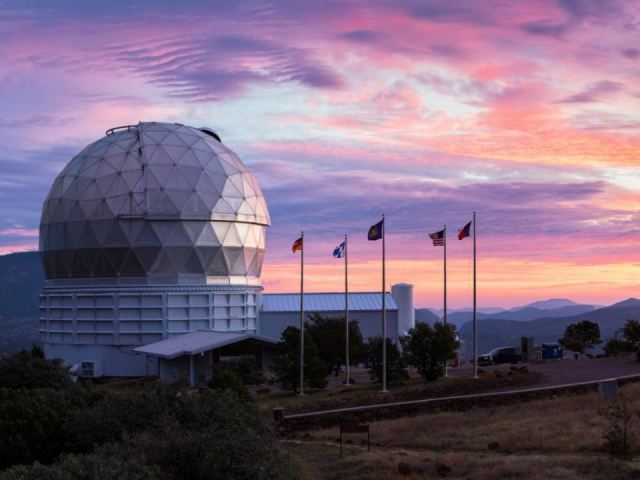
Hobby-Eberly Telescope (HET)
Located at the well-equipped McDonald Observatory in Texas, US, the Hobby-Eberly Telescope (HET) is considered the second-largest telescope in the world. Its useful optical aperture is 10 meters, with an actual diameter of 11 meters. The primary mirror, like other large telescopes, consists of many small hexagonal segments, totaling 91. This device is designed to study distant galaxies and detect various stellar objects through spectroscopy. Over the years, HET has discovered several planets and studied the rotation speeds of various galaxies. Unlike other telescopes, HET's primary mirror is fixed at a 55-degree angle, allowing it to rotate around its base and providing access to 70%–81% of the night sky.
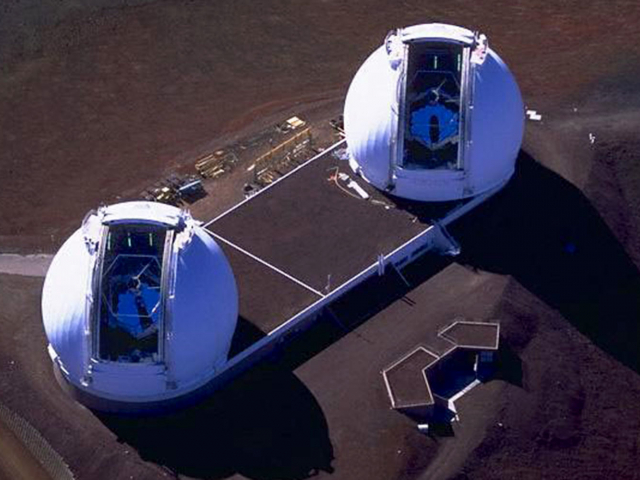
Keck I and Keck II Telescopes
The twin telescopes of the WM Keck Observatory, located on Mauna Kea in Hawaii, US, are renowned in scientific circles. Both telescopes have primary mirrors that are 10 meters wide and include 36 hexagonal segments. They are equipped with innovative tools, including adaptive optics with a laser guide star. One such tool, the Deep Extragalactic Imaging Multi-Object Spectrograph (DEIMOS), can capture light from over 130 galaxies in a single exposure. Another tool, the Near Infrared Camera (NIRC), is extremely sensitive and capable of detecting a tiny flame on the moon's surface. These capabilities allow Keck I and Keck II to collect data from distant galaxies and quasars to study their evolution.
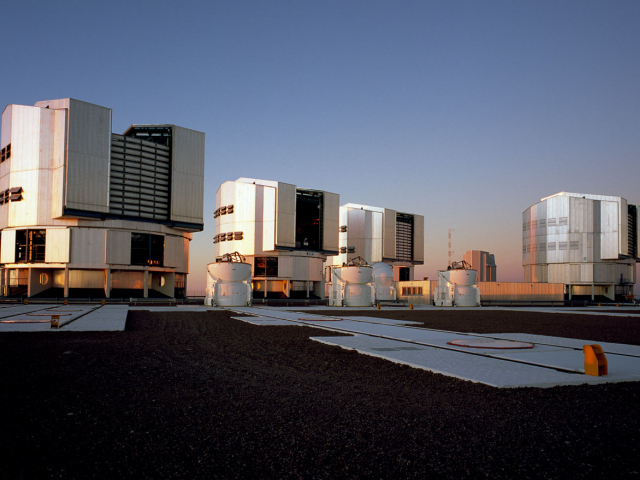
Very Large Telescope (VLT)
The Very Large Telescope (VLT) is one of the most powerful devices for observing celestial bodies. This system consists of four independent telescopes, each with a primary mirror measuring 8.2 meters. They can be used as separate instruments or combined to achieve high angular resolution. These telescopes work in both the visible and infrared ranges. The VLT is equipped with advanced interferometric instruments (VLTI) for studying astronomical objects, including stars and nebulae, through interferometry. The VLT is the most powerful and precise device after the Hubble Space Telescope. In 2017, over 600 scientific papers were based on VLT data. Additionally, VLT was the first device to capture an image of the exoplanet Beta Pictoris b.
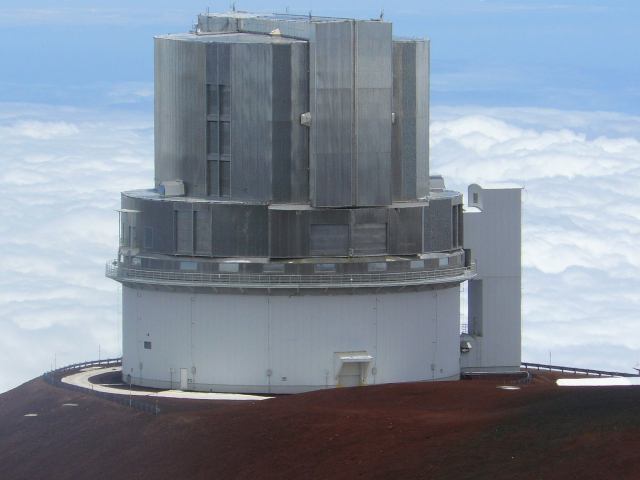
Subaru Telescope
The Subaru Telescope rounds out the list of the top five telescopes. This telescope is located at the famous Mauna Kea Observatory in Hawaii, US. Operated and controlled by the National Astronomical Observatory of Japan, it is the only mirror-type telescope that easily studies distant galaxies and stars. The project incorporates numerous modern technologies, including the Multi-Object Infrared Camera and Spectrograph (MOIRCS) and the Cooled Mid-Infrared Camera and Spectrometer (COMICS). These tools enable astronomers to study multiple targets simultaneously, including cool interstellar dust. The Subaru Telescope features the Subaru Coronagraphic Extreme Adaptive Optics (SCExAO), an advanced high-contrast imaging system for capturing images of exoplanets. Its large field of view and unique light-gathering capabilities make it invaluable for deep wide-angle imaging and the search for a potential ninth planet in our solar system.
 Български
Български 
 Русский
Русский English
English Bahasa Indonesia
Bahasa Indonesia Bahasa Malay
Bahasa Malay ไทย
ไทย Español
Español Deutsch
Deutsch Français
Français Tiếng Việt
Tiếng Việt 中文
中文 বাংলা
বাংলা हिन्दी
हिन्दी Čeština
Čeština Українська
Українська Română
Română
